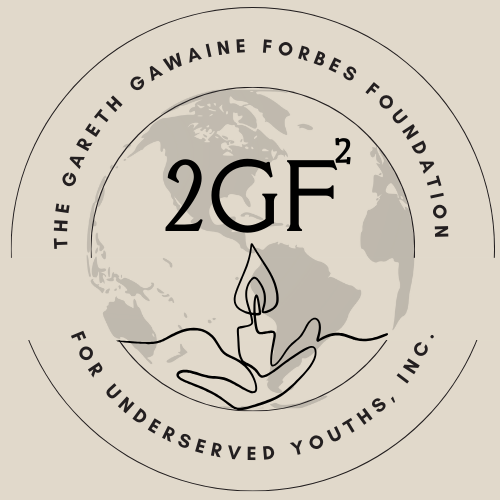
In May 2024, the Institute of Education Sciences presented the 2024 annual report of the Condition of Education. The report covered education status spanning from early education to postsecondary and beyond. It includes topics such as enrollment, student achievement, teacher turnover, education finances and international comparisons.[1] The report found that as of 2022, the enrollment of students in elementary and secondary schools increased but are still lower than the pre-corona pandemic level. Results from the NAEP (National Assessment of Educational Progress) long term trend assessments showed that in the school year 2022-2023, the average scores for 13-years-olds declined 4 points in reading and 9 points in mathematics compared with 2019-20. Eight grade math and reading proficiency fell to the lowest rates in at least 15 years.[2]
At the college level, undergraduate enrollment decreased by 13 percent between 2012 and 2022. However, enrollment in post baccalaureate programs increased by 9 percent compared with the previous year. This may indicate that persons who already have college degrees see the necessity to obtain higher education while those who have not yet entered college do not see a necessity to do so. In 2023, approximately 80 percent of 25-34 years old were employed. The employment rate was higher for those with higher levels of educational attainment. For example, the employment rate ranged from 60 percent for those who had not completed high school to 88 percent for those with a bachelor’s or higher degree.
The emphasis therefore continues to be on improving early education so that more students will do better at the elementary and secondary levels and will eventually move on to college and graduate levels.
Education isn’t just the responsibility of teachers. It’s a collaborative effort of communities, parents, teachers, and students working together.
[1] https://nces.ed.gov/pubs2024/2024144.pdf
[2] https://usafacts.org/state-of-the-union/education/
